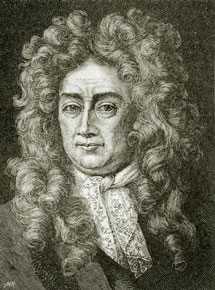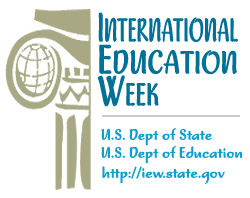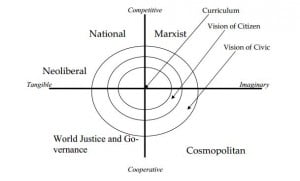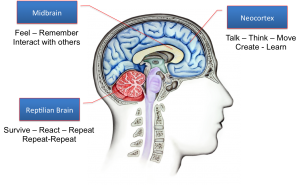Were you at the 94th Annual NCSS conference last month? It was indeed an exciting conference, “Education professionals  gathered last month in Boston to explore best practices and inquiry-based teaching of social studies, boosting well-rounded civic learning and building 21st-century skills and social studies disciplinary literacy.” If you were unable to attend the national conference, don’t fret. A list of regional/state events for 2015 are posted here.
gathered last month in Boston to explore best practices and inquiry-based teaching of social studies, boosting well-rounded civic learning and building 21st-century skills and social studies disciplinary literacy.” If you were unable to attend the national conference, don’t fret. A list of regional/state events for 2015 are posted here.
One of my personal highlights was getting to introduce this year’s winner of the Global Understanding Award, Kim Young. Meeting her reminded me anthropologist Anna Tsing ‘s 2005 work Friction: An Ethnography of Global Connection. Tsing asserts
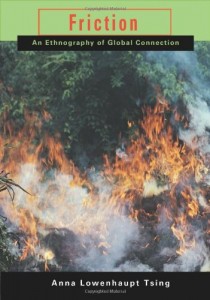 “Global connections are made in fragments- although some fragments are more powerful than others…they interrupt dominant stories of globalization to offer more realistic alternatives. Such fragments…create a world of global connections made, and muddled, in friction. Curiosity about such friction might reopen the mystery of our time.”
“Global connections are made in fragments- although some fragments are more powerful than others…they interrupt dominant stories of globalization to offer more realistic alternatives. Such fragments…create a world of global connections made, and muddled, in friction. Curiosity about such friction might reopen the mystery of our time.”
It take a special teacher to seek out experiences, fragmented and with potential friction, and share them with her students. Then, once back in the classroom, that same remarkable teacher is able to inspire students about the narratives, realities, and friction of globalization. And, ultimately, those lucky students’ curiosity is sustained for their lifespan because of the teacher’s guidance.
I had the pleasure to interview one of those teachers, Kim Young. Our exchange is below. Enjoy!
If you would like to contact Kim, you can do so with this email: youngk@weston.org
1- Tell us about yourself. How did you get into teaching? What and who do you teach?
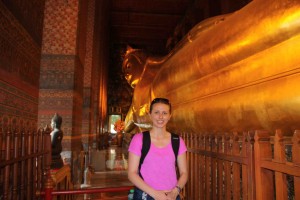
Kim on one of her adventure, educational excursions…see what “Yes” can get you?!
Hello readers! My name is Kim Young. I’ve been teaching World History at Weston High School in Weston, Massachusetts for 10 years. I’ve also helped spearhead many of my district’s efforts to globalize our curriculum as Global Education Coordinator. I think I’m one of those people who have always been a teacher. My mom was a teacher and my first jobs were as a camp counselor and coach. Growing up, I always remembered how my teachers presented lesson plans, and which methods were most engaging and effective. I enjoy teaching because I get to live my passion for global cultures everyday.
2- Who or what inspired you to apply to the NCSS award? How did you decide on your submission?
Necessity! I am taking an unpaid leave from my teaching position this winter to pursue a Fulbright Distinguished Award in Teaching grant. I was scouring the internet for creative sources of funding and came across the NCSS Award. Luckily, I have supportive colleagues who helped me with the process when I mentioned the idea to them. I knew right away I would submit my “Complicating Conquest: Rethinking the Spanish Invasion of the Americas” curriculum. I feel this is the most innovative and interesting piece of curriculum I’ve developed. It is based entirely on visual, physical, and written primary sources I collected while traveling in Mexico and Peru. The goals of the lessons are truly global and nothing you could ever find in a high school textbook. I hope readers who teach the Age of Exploration or the European colonization of the Americas will check out the curriculum.
3- What have been some of the successes and challenges of using global perspectives with your students?
Great question. As with many things, I think my greatest successes have come from my greatest challenges. Recently, I’ve really been influenced by an article written by Milton J. Bennett on intercultural communication. He writes, “Common sense is, of course, common only to a particular culture.” For 9th graders, developmentally, it is hard to understand the world from a different perspective. I struggling with training (or retraining) students’ brains to observe and ask questions before making judgments—what my students often refer to as “Don’t yuck someone else’s yum.” I feel most successful when I hear students using the words worldview, perspective, and subjectivity when talking about history. Moving students to action is also always challenging because in many ways, the traditional school day model does not support this type of learning. Bennett writes, “Understanding objective culture may create knowledge, but it doesn’t necessarily generate competence.” If my students are going to be truly globally competent, they need to act based on their emerging globalized perspective.
4- How have your colleagues reacted to your interest in global education?
Everyone is incredibly supportive, even if they don’t always understand why I want to travel to a certain location. They ask me about all of my adventures and are open to trying out the new curricular ideas I bring back. They collaborate with me about how to best support exchange students in our school. They let me decorate their classroom with new artifacts I’ve brought back. I am also very fortunate to have a district that has made promoting Global Education one of its 5 year goals. What I do find most puzzling is when I meet educators who say, “I wish I could do what you do!” For most educators, I don’t see many real reasons holding them back from pursuing different opportunities—you just have to apply. Don’t be overwhelmed, you’ll be amazed at how things fall into place.
5- You showed us this painting during your presentation, The Last Supper by Marcos Zapata (1753, in the Cuzco Cathedral). Tell us about it and how it represents your approach to teaching students.
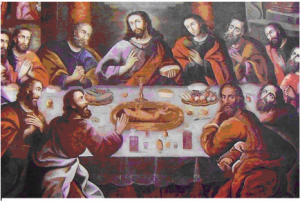
Guinea Pig? “Don’t yuck someone else’s yum.”
I love this painting! It is by Marcos Zapata and located in the Cusco Cathedral. This painting is totally representative of my teaching philosophy. Firstly, it is visual. I like to expose students to different types of sources—too often they think history only comes in text. I try to emphasize to my students who struggle with reading that if they can remember images and know how to decode them, they can think just as analytically as when reading a document. Secondly, it’s a primary source. Once students have some context, I like them to work with primary sources since it helps them better understand the perspective of the culture they are studying. This lends itself to my inquiry-based style of teaching. I like to give students evidence with guided questions and have them do the investigating. This way students’ construct their own knowledge and learning. Even if students forget what they learn, hopefully they’ve developed skills for investigating questions in the future. In terms of content, this represents my style because I chose curriculum that emphasizes cultural fusion, cooperation, and interaction. War, conflict, and domination are a part of history—this is a narrative of human interaction my students are familiar with. I like to present a counter-narrative to open them up to other ways of viewing history and the world. Finally, this image is engaging, funny, and a little weird (from an American cultural perspective). Students remember this image because the idea of Jesus eating guinea pig is so far from their cultural norms.
6- You offered a lot of advise at NCSS. Can you summarize those tips again?
Absolutely. One of the best parts of winning the award was being able to present at NCSS. It’s a humbling and thought provoking experience to try and share with colleagues what I feel I’ve learned over the last ten years. I also know that educators out there know what to do—we just get too busy, overwhelmed, or stressed. With my presentation, I wanted to given educators permission to do the things we know make good curriculum.
My main message is that it is important to create curriculum with complexity—–and this is something I feel travel/study really allows educators to do. This is how we can move away from textbook based curriculum and engage our students as global learners. Based on my experiences in these programs, here’s my tips on how to make the best curriculum:
1) Abandon efficiency—We never have time to plan during the year. We have to be product driven and use every moment of our time to grade. During summer professional development, give yourself permission to be inefficient. Spend several weeks investigating a topic you are passionate about and interested in. Don’t worry if it only produces one 50-minute lesson.
2) Be a Hoarder—While this is not a culturally acceptable behavior from a Western perspective, in order to create great curriculum, you have to do this. Take a picture of everything you see and collect every brochure, pamphlet, book, and artifact you can find. Many times while traveling I do not fully understand the significance of an object until much later. I come back, reflect, and look through all my discoveries. Only then do I start to see how they might all connect. I go back to pictures and pull out new images as my curriculum changes or as I learn more about a culture.
3) Say “Yes”—Just like that awful Jim Carrey movie. When I’m traveling and collecting curriculum, I say yes to every experience, food, and opportunity. I am often tired, worn out, or uncertain of how something will go. I’ve crashed a wedding, pet a tarantula, and jumped off bridges. None of this was planned or on my itinerary. All of these unexpected experiences gave me insight into cultures different than my own and have come back to influence my curriculum in ways I couldn’t imagine.
4) Use your allies—I have several colleagues and administrators that I have developed relationships with that fully support my efforts. Early in my career, I often would not apply for opportunities because I was nervous about bothering people for recommendations. I was also worried what they would think of me (she thinks she is qualified to participate in THAT program?) I was also afraid of what my colleagues would think of me if I asked for a recommendation and did not get into a program. Over time, I have fully gotten over all of these insecurities! Now, I know, even if its last minute (ie can you write me recommendation in the next 24 hours?), I have a supportive group around me that I am never afraid to ask for help. I also bring them back really cool artifacts from wherever I go.
7- What is next for you?
I’m headed off on my biggest global adventure yet—I will be working and studying in the West Bank from January to March of 2015 as part of a Fulbright Distinguished Award in Teaching grant. I am interested “breaking the binary”—Palestinian identity is often presented in secondary curriculum and Western media as being made up of two choices (ex. One state vs. Two state, Fata vs. Hamas, Israeli vs. Palestinian). We all know in reality things are more grey than just being A or B. I am specifically interested in investigating how to use the graphic arts and graphic novels to do this. If any readers have contacts in the West Bank, please let me know!
8- If you could select three books, films, trips etc about global education for teachers what would they be?
Bennett, Milton, J. (1998). Intercultural communication: A current perspective. In Milton J. Bennett (Ed.), Basic concepts of  intercultural communication: Selected readings. Yarmouth, ME: Intercultural Press.
intercultural communication: Selected readings. Yarmouth, ME: Intercultural Press.
Silverstien, Shel. “Reflection,” in A Light in the Attic, Harper Collins (1981).
I can’t choose one trip! But here is the list of all the international professional development experiences I know about.
Link to NCSS presentation (https://www.haikudeck.com/p/Xd7v1SUL1p/ncss)
If you would like to contact Kim, you can do so with this email: youngk@weston.org
 The great news is that resource is now available!
The great news is that resource is now available!
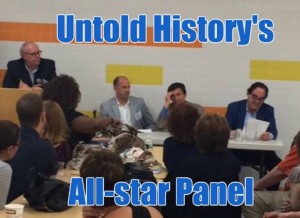
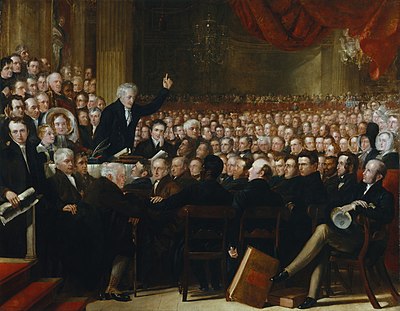
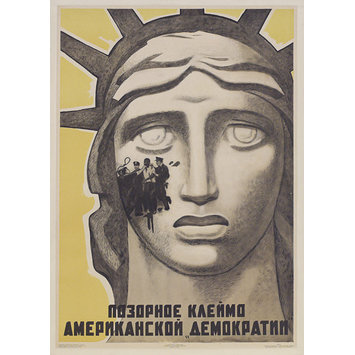

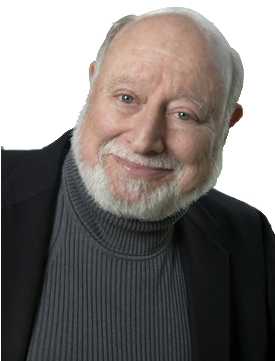 have come to consider this sentiment to be a core belief, maybe wisdom at this point, of my professional philosophy and personal world view.
have come to consider this sentiment to be a core belief, maybe wisdom at this point, of my professional philosophy and personal world view.



 I disagree with Levesque’s point somewhat. I have had multiple opportunities to work with scholars that brought about an expansion of my knowledge base and powerful reflection about my practice. I urge high school teachers to seek out these opportunities and in fact attempt to create such connections in m y current position.
I disagree with Levesque’s point somewhat. I have had multiple opportunities to work with scholars that brought about an expansion of my knowledge base and powerful reflection about my practice. I urge high school teachers to seek out these opportunities and in fact attempt to create such connections in m y current position.


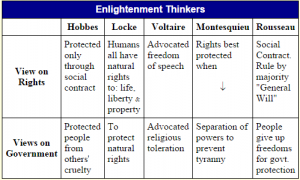
 a foundation for national government and identity. Ben Franklin shared copies of the text with other revolutionary brothers in the Continental Congress. Vattel’s words “A nation is…a society of men untied together for the purpose of promoting their mutual safety and advantage by their combined strength” manifest in the US Constitution a generation later. Historian
a foundation for national government and identity. Ben Franklin shared copies of the text with other revolutionary brothers in the Continental Congress. Vattel’s words “A nation is…a society of men untied together for the purpose of promoting their mutual safety and advantage by their combined strength” manifest in the US Constitution a generation later. Historian Punishment (1764) tackles topics like torture and capital punishment. Hmmm, sound familiar as contemporary topics? He was also a prominent contributor to the Enlightenment journal called Il Caffe (The Coffeehouse) .
Punishment (1764) tackles topics like torture and capital punishment. Hmmm, sound familiar as contemporary topics? He was also a prominent contributor to the Enlightenment journal called Il Caffe (The Coffeehouse) .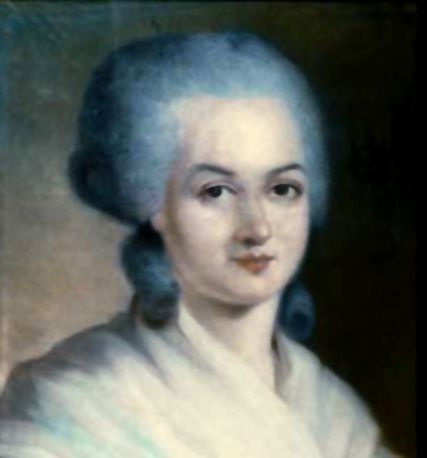 However, she expands female representation in the European Enlightenment usually reserved for Mary Wollenscroft. De Gouges violated boundaries that most of the revolutionary leaders wanted to preserve and was guillotined in Paris on the 3rd November 1793.
However, she expands female representation in the European Enlightenment usually reserved for Mary Wollenscroft. De Gouges violated boundaries that most of the revolutionary leaders wanted to preserve and was guillotined in Paris on the 3rd November 1793.